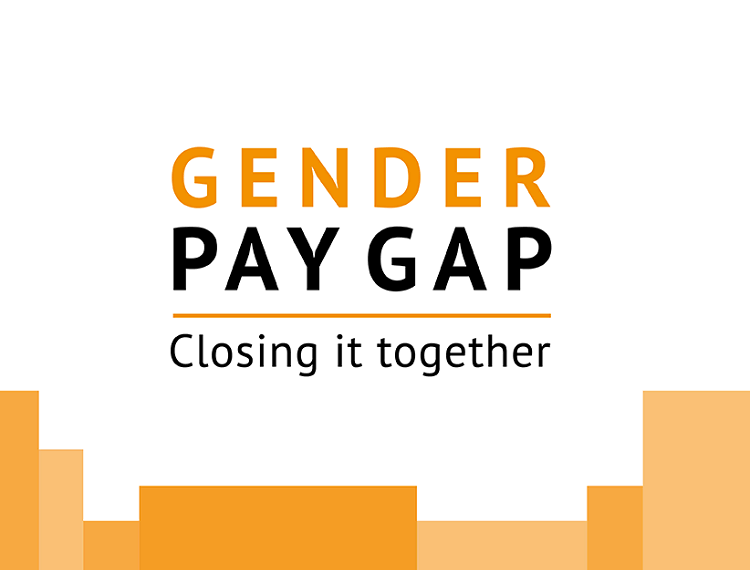CEO pay packages, can they be controlled?

Following the High Pay Centre’s annual FTSE 100 CEO pay survey released this morning which shows there are only six female FTSE 100 CEOs, earning on average over £2 million less than male CEOs last year,
Dr Sumita Ketkar, Senior Lecturer in Leadership and Professional Development at Westminster Business School, believes the figures are disappointing:
“A quick glance at the top ten earners from the FTSE 100 companies shows male CEOs in the FTSE 100 earned on average £4.7 million last year, compared with £2.6 million on average for women. With only six female FTSE 100 CEOs, the position remains very much a ‘big boys club’. The skewed gender pay gap story of BBC top earners that recently dominated the headlines further brings this to the fore. Given the high female workforce participation in the UK, these statistics are disappointing and make high-sounding debates about gender equality seem almost farcical. However, in order to ‘fix’ the under-representation of women in top jobs it is important to unpick some of the reasons underlying the widening pay gap as women advance in their careers.
“Even though high-level reporting statistics may not tell the full story, they help start an inclusive conversation across society beyond the ‘feministic’ narrative. At a societal level too, it is important that women are encouraged to embrace traditional male jobs – i.e. including accounting, engineering and technology subjects such as artificial intelligence and robotics. These factors are all inter-related and therefore solutions must be holistic and integrated.
“Wage inequality, reflective of the vertical segregation between men and women, is a product of several inter-related factors. Fewer women tend to rise to executive level jobs and boards because they often leave the workforce at critical junctures in their lives, despite family friendly policies. Even women executives who do progress to the higher echelons, tend to occupy top jobs in smaller companies or in relatively low paid sectors. Biases in pay negotiations and performance for performance payout, and in-group behaviours, such as ‘boys’ club’ networking, make the gap even more entrenched. This may not necessarily be at the CEO level but occurs at other top jobs such as CFO and COO.
“If economic parity is to be achieved, it is imperative that a multipronged approach is adopted. Businesses must take proactive measures for tackling inequity. This could include for example having a greater proportion of women in the compensation committees determining executive pay and performance related bonuses in companies, supporting women through the talent pipeline by mentoring and training, and minimising unconscious biases during organisational practices such as staffing, training, promoting and rewarding. At the public policy level, initiatives and regulations such as requiring businesses to measure the gender pay gap and report it, and banning adverts that substantiate gender stereotypes can help to some extent.
“How long it will take for making the gender gap nonexistent depends on how quickly changes are kick started and maintained; a more synergistic approach will decidedly help.”
Dr Sumita Ketkar, Senior Lecturer in Leadership and Professional Development at Westminster Business School, comments for FE News:
What will be the influence of the digital revolution on the role of women in the workplace, as more companies embrace working remotely?
“The digital revolution has been increasingly providing avenues for women to work remotely, helping them to better manage their personal and professional lives by increasing flexibility. However, as we know, the so-called ‘motherhood penalty’ only explains some variance in gender pay gap. As a whole, the gender pay gap is an extremely complex phenomenon which cannot be explained by this one factor alone.
“For instance, low participation of women in STEM professions, particularly those requiring digital fluency with respect to cloud computing, Artificial Intelligence and Robotics (all a part of the new digital workplace) isn’t likely to reduce the gap. Similarly, the gender stereotyping which is (unfortunately) so deeply entrenched in our psyche will require more than digital revolution or reporting regulations to be fully alleviated. The effort has to be multi-pronged and holistic that brings in policy makers, communities, businesses and societies at large into the conversation.”
How is the revenue of a company impacted by their gender pay policies? Do companies with the highest revenues tend have higher or lower gender pay gaps?
“In the long run, a company which is just and fair in its dealings with its employees, particularly with respect to their pay, is likely to enjoy higher engagement levels, employer branding, reputational gains and therefore higher revenues. We are in an ‘age of transparency’ and external and internal stakeholders are quite interested in knowing that the businesses they are associated with are ethical and responsible.
“While a quick glance through the list of market capitalisation/ share price of top FTSE 100 companies and those on the list with 25% or more women on board may seem to be contrary to this argument, it must be noted that women on boards presents one dimension of the story. As companies start releasing their gender pay gap figures as required by law, we will know more. If the top companies with high revenue continue to have a big pay gap once these figures are published, they will eventually have to do more to reduce it, else their margins are likely to suffer sooner than later.”
Simon Richardson, Senior Lecturer in Human Resource Management at Westminster Business School comments on whether wavering government interest in FTSE 100 CEO pay packages will result in executive salaries spiralling out of control again in 2018:
“The High Pay Centre’s annual FTSE 100 CEO pay survey released this morning shows average FTSE 100 CEO Pay has dropped by 17% in the past year from an average pay packet of £5.4 million in 2015 to £4.5 million in 2016, reducing the multiple of FTSE 100 CEO pay packages from 148 to 129 times the average salary of one of their workers. These figures have provided a welcome reduction to single figure increases in FTSE 100 CEO pay resulting from a triple lock of press interest, shareholder opposition and public scrutiny. Against the backdrop of the average UK salary only increasing by 2% this year and the ongoing debate over the 1% cap on public pay, the need to balance the high and low pay ratio is likely to continue to be a key political issue.
“Evidence that the government’s Green Paper has finally brought about a sudden halt to the apparently unstoppable increase in executive pay from £1 million in 1998 to £5 million in 2016 is therefore compelling. However, the reality is that the proposed rules to provide mechanisms that will prevent excessive executive pay have not been included in the Queen’s Speech. This indicates that the Conservative government does not intend to implement any of the proposed new rules, including the binding annual majority shareholder vote on executive pay.
“So, does this mean that the restraints imposed by FTSE100 companies in 2017 will be abandoned in 2018 or will the advisory vote continue to attract sufficient adverse publicity to continue the rein in inappropriate executive pay packages without the need for further legislation? Or will the focus of attention now fall on the Labour Party’s intended goal of applying a CEO to average company worker pay ratio of 20:1 for any company quoting for public contracts? With the average FTSE100 CEO to average worker pay ratio of 130:1 in 2015 applying to a number of companies currently involved in government contracts, it will be interesting to see if this will be the new soft legislation which keeps executive pay under control.”
About Westminster Business School: One of London’s leading centres for professional business education. Offering a wide range of innovative and practice focused programmes including MBA, professional and executive education courses. The School has a large and diverse academic body with extensive business, consultancy and research achievements. Accredited by leading professional bodies and collaborating in numerous international partnerships, the School engages in providing business expertise in consultancy, applied research and thought leadership to the industry. Westminster Business School continues to be committed to supporting organisational success.











Responses